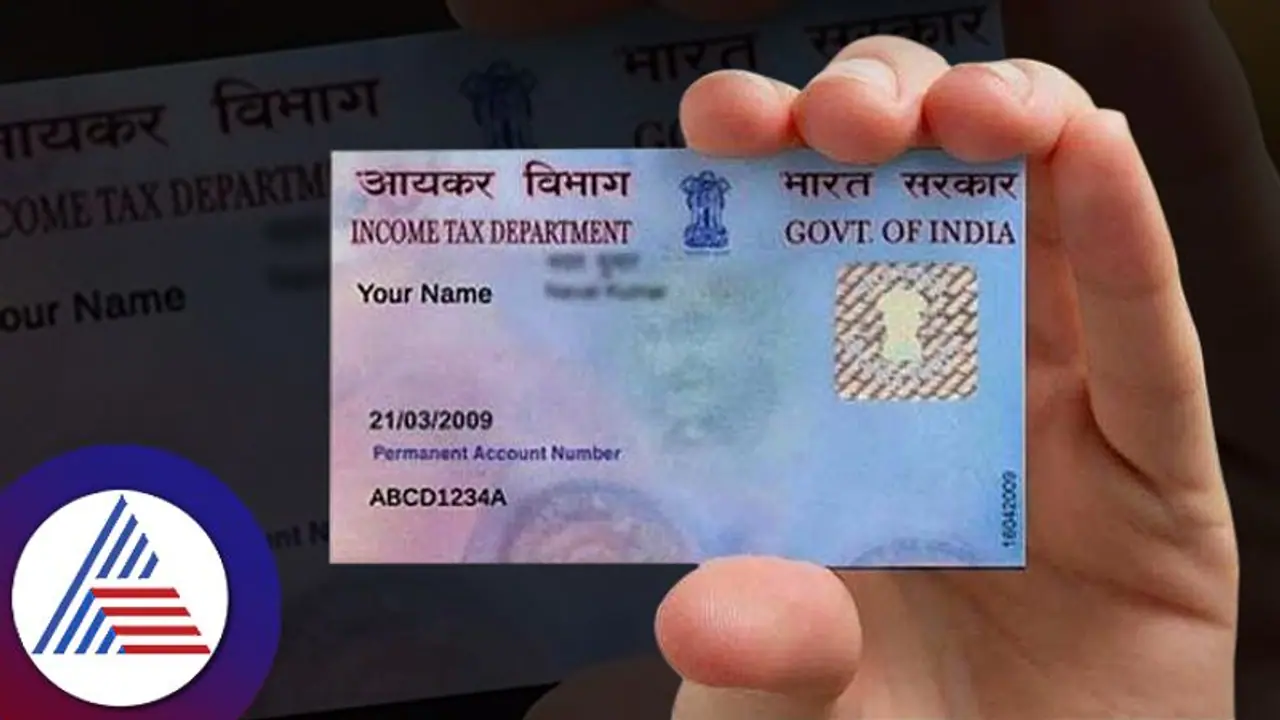The government on Monday unveiled the Rs 1,435 crore PAN 2.0 Project, which aims to establish the permanent account number as a "common business identifier" for all government agency digital platforms.
In a landmark move aimed at revolutionising taxpayer services, the Cabinet Committee on Economic Affairs (CCEA), chaired by Prime Minister Narendra Modi, on Monday approved the ambitious PAN 2.0 Project. This initiative, spearheaded by the Income Tax Department with a financial outlay of Rs 1,435 crore, seeks to modernise and streamline the Permanent Account Number (PAN) system, offering taxpayers a more seamless and efficient digital experience.

"The PAN 2.0 Project resonates with the vision of the Government enshrined in Digital India by enabling the use of PAN as Common Identifier for all digital systems of specified government agencies," an official release said.
"This will be an upgrade of the current PAN/TAN 1.0 eco-system consolidating the core and non-core PAN/TAN activities as well as PAN validation service," the release said.
What is PAN 2.0 Project?
The PAN 2.0 Project is a next-generation transformation of the existing PAN system, designed to establish PAN as a common business identifier across digital platforms of government agencies. By leveraging cutting-edge technology, the initiative aims to integrate core and non-core PAN and TAN services into a unified, eco-friendly, and paperless system.
Key highlights of the PAN 2.0 Project include:
- Ease of Access: The upgraded system will deliver faster, high-quality services to taxpayers through a unified digital portal.
- Data Consistency: PAN 2.0 will act as a single source of truth, ensuring accurate and reliable information across government systems.
- Eco-Friendly Processes: Paperless operations will significantly reduce environmental impact and costs.
- Enhanced Security: The infrastructure will be optimised for greater agility, minimising vulnerabilities.
PAN 2.0: Benefits for taxpayers
Union Minister for Information and Broadcasting, Ashwini Vaishnaw, highlighted the benefits of the PAN 2.0 Project. He revealed that citizens will receive a free upgrade to their PAN Card featuring a QR Code. "There will be a unified portal, it will be completely paperless and online," stated Vaishnaw. The new system will prioritise grievance redressal and simplify access to taxpayer services.
Taxpayers can look forward to:
- Simplified Processes: From registration to grievance resolution, the system will ensure hassle-free, user-friendly interactions.
- Paperless Operations: All services will be available online, reducing the need for physical documentation and visits to tax offices.
- Unified Identifier: By establishing PAN as a common identifier, taxpayers can seamlessly integrate their financial and business transactions across government platforms.
- Enhanced Monitoring: Improved data integration will make tax compliance more transparent and efficient while curbing evasion.
PAN 2.0 aligns with the Government’s Digital India vision by using technology to enhance e-Governance. With approximately 78 crore PANs issued to date (98% to individuals), this project marks a significant step in modernising India’s tax ecosystem.
The re-engineered system will also consolidate PAN validation services, supporting accurate tracking of financial activities, including tax payments, returns, and specific high-value transactions. This will enhance the government’s ability to detect tax evasion and expand the tax base.
The PAN 2.0 Project represents a monumental shift in the way taxpayers interact with the Income Tax Department. By prioritising efficiency, accessibility, and security, this Rs 1,435 crore initiative promises to transform the taxpayer experience and contribute to India’s digital transformation.
